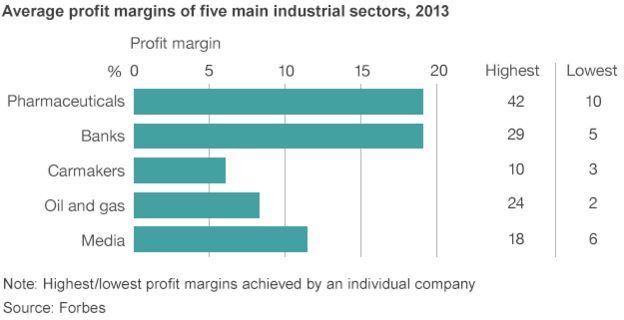Recherche médicale : cahots dans la lutte aux #conflits_d’intérêts | Agence Science-Presse
▻http://www.sciencepresse.qc.ca/actualite/2018/09/11/recherche-medicale-cahots-lutte-aux-conflits-interets
#José_Baselga est le directeur médical du Centre Memorial Sloan Kettering (MSK) sur le #cancer, à New York. Il a été membre de conseils ou de comités aviseurs de compagnies comme Roche et Bristol-Myers Squibb, en plus de détenir des actions dans de petites firmes émergentes qui testent de nouveaux traitements contre le cancer — et le tout, sans l’avoir révélé à des revues prestigieuses comme le New England Journal of Medicine ou le Lancet, lorsque celles-ci ont publié un de ses articles. Ces revues, parmi d’autres, exigent depuis au moins les années 1990 que leurs auteurs soient transparents sur leurs sources de revenus, afin qu’au besoin, les lecteurs puissent savoir si un article présente un potentiel conflit d’intérêts avec un bailleur de fonds.
Dans une réaction publiée au lendemain [d’un] reportage conjoint du New York Times et du magazine Pro Publica, le Centre MSK a dû admettre, penaud, qu’il n’avait pas fait un bon travail de vérification. Ce serait en effet en partie sa responsabilité que de s’assurer que ses chercheurs dévoilent leurs sources de financement, à plus forte raison lors de publications dans des revues aussi prestigieuses. Les revues ont, pour leur part, rarement la capacité de vérifier les déclarations de leurs auteurs et doivent s’en remettre à leur bonne foi. En entrevue, l’éditeur du New England Journal of Medicine (où sont parus deux des 17 articles litigieux) a admis le problème, jugeant même que l’absence de divulgation serait un phénomène « répandu ».
En revanche, l’Association américaine de recherche sur le cancer impose de telles règles de divulgation des conflits d’intérêts à ses membres, règles auxquelles le Dr Baselga ne s’est pas conformé… à l’époque où il en était le président.
En entrevue, il n’a pas nié ses relations avec une douzaine de compagnies depuis 2013, et a affirmé que la non-divulgation « n’était pas intentionnelle ».
Aux #États-Unis, le gouvernement fédéral impose depuis 2013 aux compagnies pharmaceutiques et aux fabricants d’appareils médicaux de rendre public tout paiement fait à des #médecins — depuis les fonds versés pour une recherche jusqu’aux paiements pour assister à un congrès. C’est grâce à ces informations, contenues dans une base de données publique, que les journalistes ont pu suivre le flux d’argent jusqu’au Dr Baselga.
Ajout 13 septembre : Le Dr José Baselga annonce sa démission du Centre MSK.
Ajout 14 septembre : Éditorial du New York Times : « les règles de #divulgation peuvent sembler complexes, mais l’#argent corrompt la #recherche_médicale ».
Top Cancer Researcher Fails to Disclose Corporate Financial Ties in Major Research Journals - The New York Times
►https://www.nytimes.com/2018/09/08/health/jose-baselga-cancer-memorial-sloan-kettering.html
Top Sloan Kettering Cancer Doctor Resigns After Failing to Disclose Industry Ties - The New York Times
▻https://www.nytimes.com/2018/09/13/health/jose-baselga-cancer-memorial-sloan-kettering.html
Opinion | Medicine’s Financial Contamination - The New York Times
▻https://www.nytimes.com/2018/09/14/opinion/medicines-financial-contamination.html
Opinion | Transparency Hasn’t Stopped Drug Companies From Corrupting Medical Research - The New York Times
▻https://www.nytimes.com/2018/09/14/opinion/jose-baselga-research-disclosure-bias.html
A un tel niveau hiérarchique on devrait criminaliser tout rapport financier avec #pharma




















































